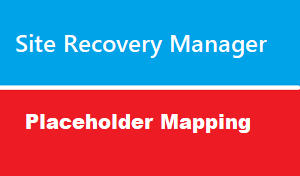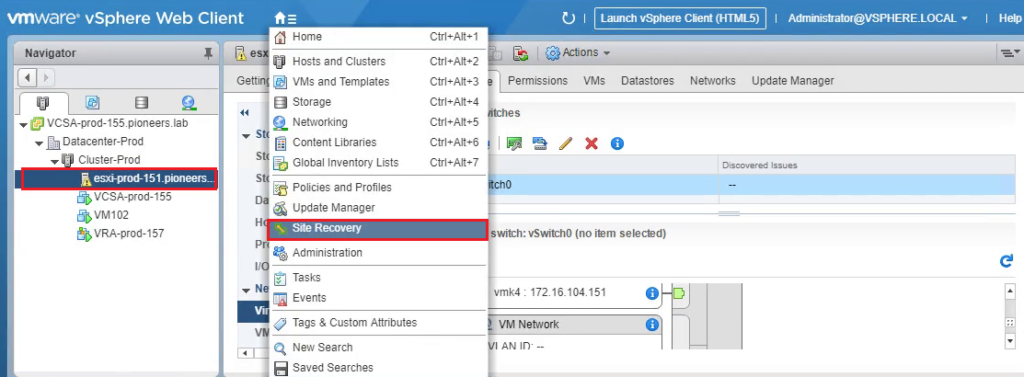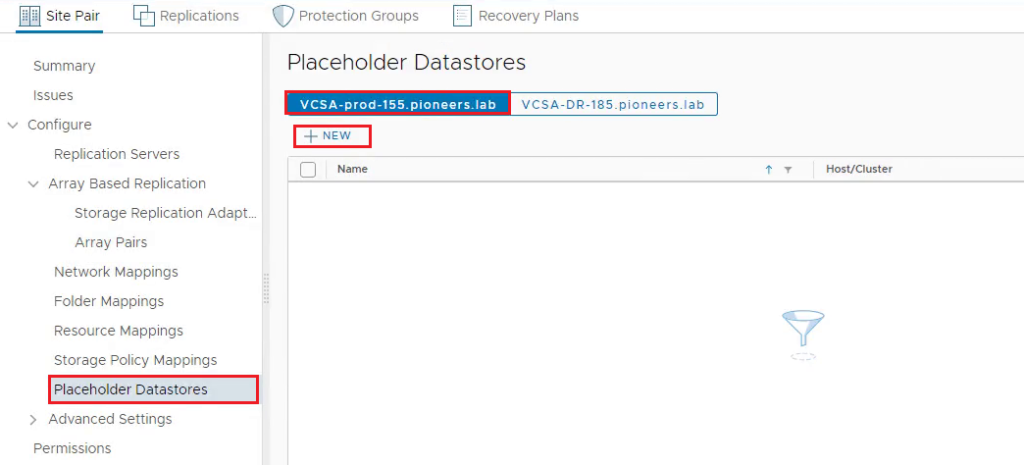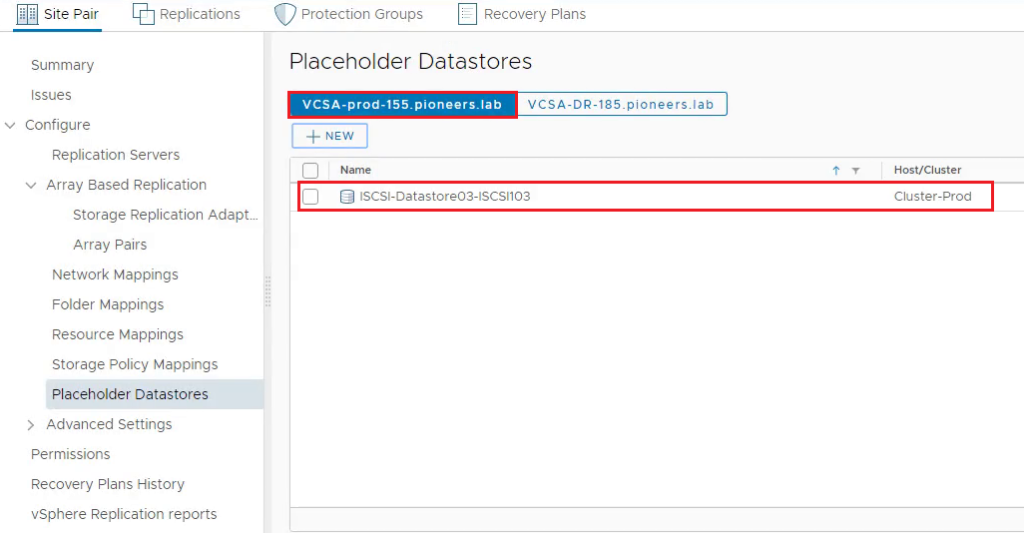introduction
in previous three articles we have discussed network mapping and resource mapping as well as folder mapping
in this article we will continue to discuss place holder datastore mapping
placeholder VM
What is A placeholder
A placeholder VM is subset of VM files that is created ,
when a VM is added to a recovery plan. It cannot be powered on.
A placeholder VM provides a mark in the DR site inventory that a VM is protected.
The Only purpose of placeholder VM is to reserve a place in the inventory of the DR site.
Placeholder VM s are composed only of very few files *.vmx, *.vmxf, and *.vmsd files.
The disk files (*.vmdk) are not present.
The placeholder VM files have a size of approximately 1KB each.
Why we need placeholder
SRM placeholder DataStores is used to store the placeholder VM s at the recovery site.
SRM placeholder DataStores reserves a place for protected VM s in the recovery site’s inventory.
Placeholder DataStores does not need to be replicated and it must be visible to all esxi hosts in the cluster.
Placeholder DataStores needs to established in both primary and secondary sites to facilitate the reproduction.
SRM placeholder DataStores can be on local storage or shared storage available to all ESXi hosts in the cluster.
When you add vm’s to the SRM protection group > SRM creates a placeholder virtual machine at recovery site .
how to identify VM placeholder
You can easily identify the placeholder virtual machines by their unique icon on the recovery site.
Configuring SRM Placeholder Datastores
To configure the place holder mapping :
Login to your Protected site vCenter server VCSA-prod-155 using vSphere web client.
https://vcsa-prod-155.pioneers.lab/
Click on SRM plugin -> Select Protected site vCenter and Click on Create place holder mapping under inventory mappings.
Conclusion
this is fourth mapping we have configured beside of three mapping configured previously [resources , folder ,network ]
next articles we will complete mapping with fifth [storage policy mapping ]
thank you for joining us








